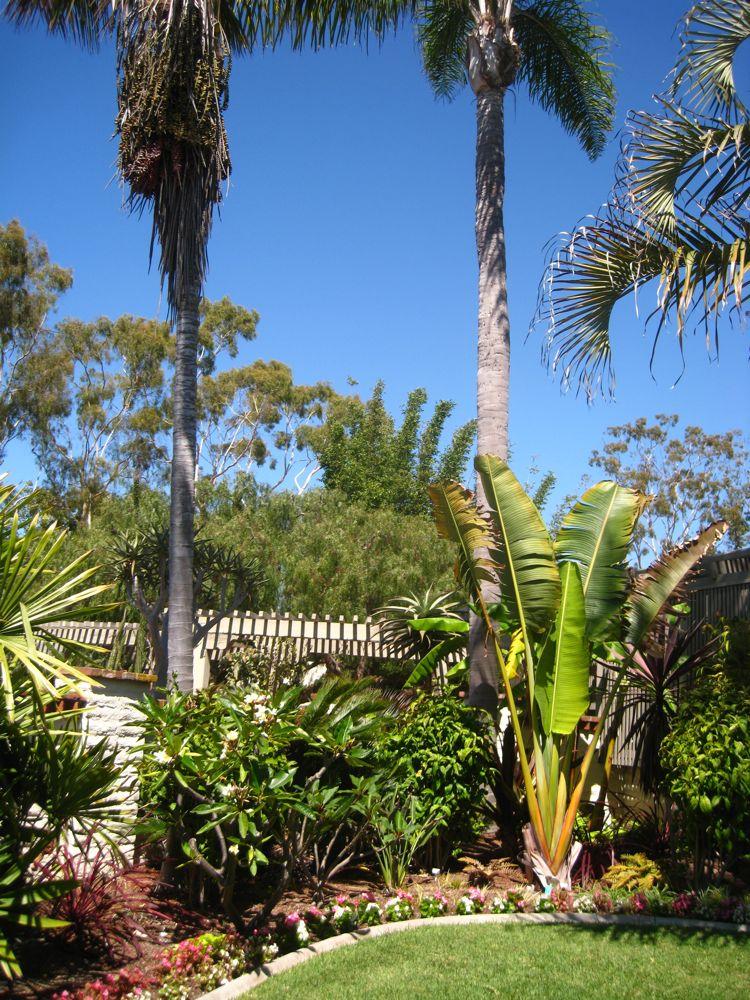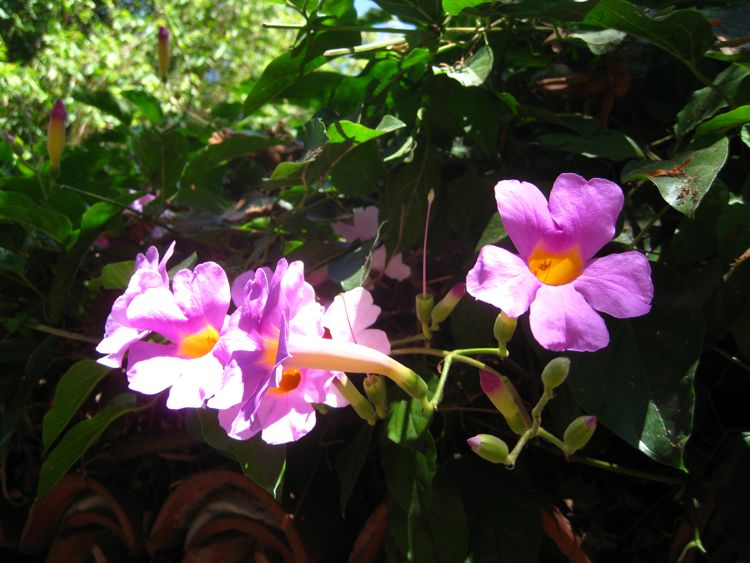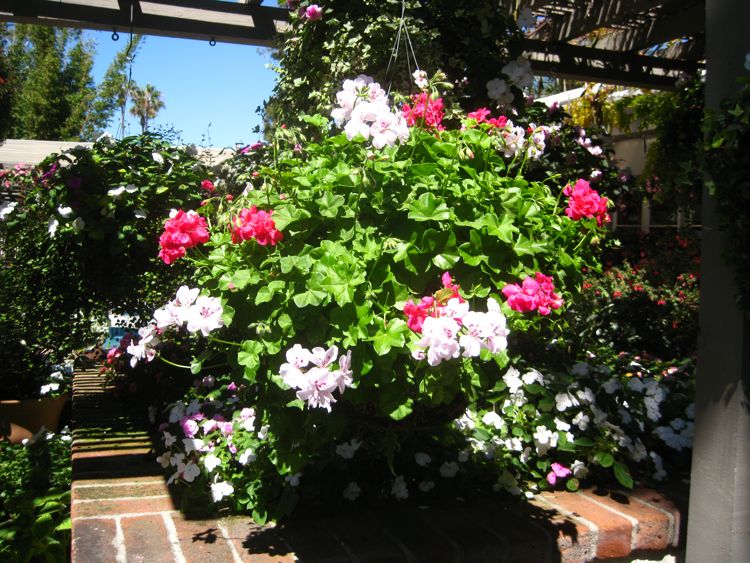Sherman Gardens 9/22/2010
In Town Escape From The Pressures Of Living!
Pre-Holiday Escape 2010
It's that time of the year so any rest and relaxation now is a plus... What to do? Go to Sherman Gardens!

Come on in the back door

"Where is the wine list?"

"It's OK sweetie, I will share with you"

View from the restaurant was excellent
Cactus Gardens Are Beautiful

A little bit of everything here


Did you know? - The Library acquires, organizes, and preserves all kinds of materials pertaining to the history of the Pacific Southwest. This is a region we define as including California, Arizona, and adjacent portions of Nevada, plus the area around the upper end of the Gulf of California.
This region has undergone an astonishing transformation over the past 100 years or so. . .a transformation perhaps without parallel in the history of the world. For today, outside of the United States itself, there are only a handful of nations in the world whose economies exceed that of this naturally arid and at one time remote and sparsely inhabited corner of the globe. To provide research materials needed to study and comprehend the varied aspects of this phenomenal development is one of the main purposes of the Library.
Fuchsias Everywhere

Did you know? - There are about 100–110 species of Fuchsia. The great majority are native to South America, but with a few occurring north through Central America to Mexico, and also several from New Zealand to Tahiti One species, Fuchsia magellanica, extends as far as the southern tip of South America, occurring on Tierra del Fuego in the cool temperate zone, but the majority are tropical or subtropical.
Most fuchsias are shrubs from 0.2–4 m (8 in–13 ft 1 in) tall, but one New Zealand species, Kotukutuku (Fuchsia excorticata), is unusual in the genus in being a tree, growing up to 12–15 metres (39–49 ft) tall.

The reds and purples were brilliant

The Cool Summer Kept The Flowers Well Preserved


Begonias were bright and crispy
Did you know? - family Begoniaceae are Hillebrandia, a genus with a single species in the Hawaiian Islands, and the genus Symbegonia which more recently was included in Begonia. "Begonia" is the common name as well as the generic name for all members of the genus.


The grey flamingo sands guard hiding in the bushes

Dates being formed
Did you know? - Dates have been a staple food of the Middle East for thousands of years. They are believed to have originated around the Persian Gulf, and have been cultivated since ancient times from Mesopotamia to prehistoric Egypt, possibly as early as 4000 BCE. The Ancient Egyptians used the fruits to be made into date wine, and ate them at harvest. There is archaeological evidence of date cultivation in eastern Arabia in 6000 BCE. (Alvarez-Mon 2006). In later times, Arabs spread dates around South and South West Asia, northern Africa, and Spain and Italy. Dates were introduced into Mexico and California by the Spaniards by 1765, around Mission San Ignacio.

The garden's little helper at work

The butterflies were busy
Did you know? - It is a popular belief that butterflies have very short life spans. However, butterflies in their adult stage can live from a week to nearly a year depending on the species. Many species have long larval life stages while others can remain dormant in their pupal or egg stages and thereby survive winters.

"I am really red!"

Did you know? - Red is any of a number of similar colors evoked by light consisting predominantly of the longest wavelengths of light discernible by the human eye, in the wavelength range of roughly 630–740 nm. Longer wavelengths than this are called infrared (below red), and cannot be seen by the naked human eye.
The word red comes from the Old English rēad. Further back, the word can be traced to the Proto-Germanic rauthaz and the Proto-Indo European root reudh-. In Sanskrit, the word rudhira means red or blood.
In the English language, the word red is associated with the color of blood, certain flowers (e.g. roses), and ripe fruits (e.g. apples, cherries). Fire is also strongly connected, as is the sun and the sky at sunset. Healthy light-skinned people are sometimes said to have a "ruddy" complexion (as opposed to appearing pale). After the rise of socialism in the mid-19th century, red was to describe revolutionary movements.

Did you know? - The word yellow comes from the Old English geolu, or geolwe which derived from the Proto-Germanic word gelwaz. The oldest known use of this word in English is in the Old English poem Beowulf, in a description of a shield made of wood from a yew tree.
In the English language, yellow has traditionally been associated with jaundice and cowardice. Yellow is associated with the word "caution" and is the second light on stop lights; in American slang, a coward can be said to be "yellowbellied" or "yellow".
 The color is associated with aging as well, for both people and objects (e.g. "yellowed" paper). Ethnographically,
the term "yellow" has been used as a slang term for both Asians ("yellow peril") and, in the early 20th century, light-skinned
African-Americans (High yellow).
The color is associated with aging as well, for both people and objects (e.g. "yellowed" paper). Ethnographically,
the term "yellow" has been used as a slang term for both Asians ("yellow peril") and, in the early 20th century, light-skinned
African-Americans (High yellow).
"Yellow" ("giallo"), in Italy, refers to crime stories, both fictional and real. This association began in about 1930, when the first series of crime novels published in Italy had yellow covers. The term "yellow movie" (黃色電影) can refer to films of pornographic nature in Chinese culture, and is analogous to the English "blue movie". Lastly, it is associated with sensational journalistic practices, or yellow journalism, and resistance to militant trade unions.





Begonias everywhere


"I have to tinkle also"


Doubles



Things were growing everywhere

Such a nice walk so close to "civilization"

Everybody's Favorite... The Rose Garden

Did you know? - A Rose garden or Rosarium is a garden or park, often open to the public, in which roses are grown. They are frequently used to present and grow various types of roses. The first known rose garden was planted by empress Joséphine de Beauharnais in Malmaison. It is claimed that at her death, the garden included around 250 types of garden roses.


"Hello there... I am soooo pretty!"




More To See...



Plants will grown on anything



Boo!


Mother Nature is so creative
The Koi Were Active Today






African Mask Plant

Banana anyone?

Another Favorite... Orchids
















